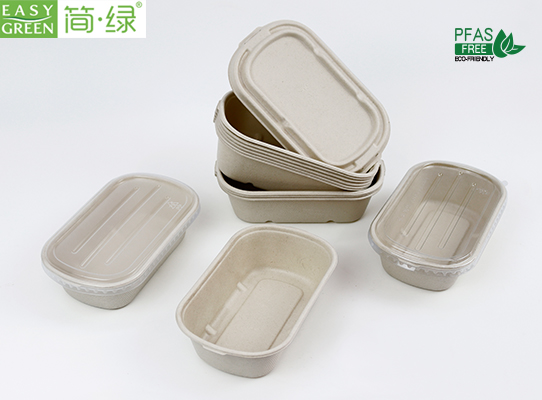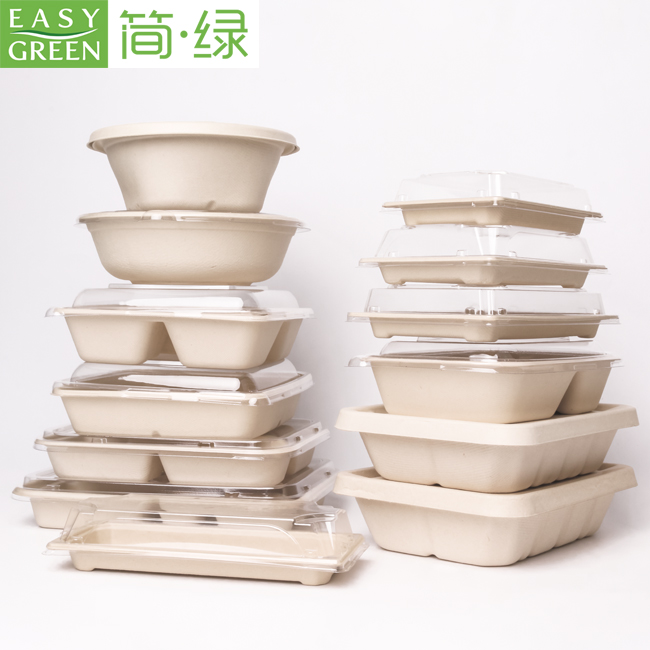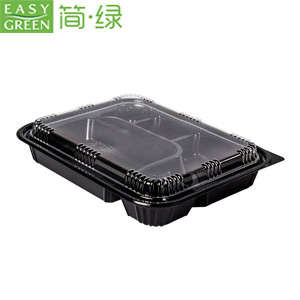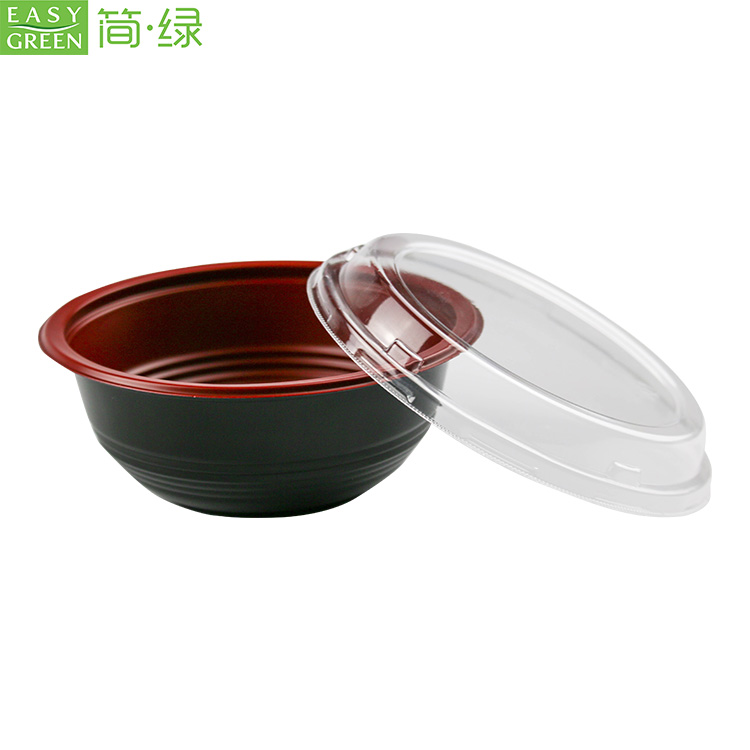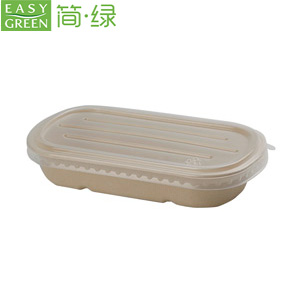×
Food Container With Lid
Taco Holders
Compartment Container
Clamshell Container
Salad Container
Deli Container
Square Bowl
Disposable Round Bowl
Sushi Tray
Party Tray
Compartments Tray
Round Tray
White Plate
Compartments Plate
Coffee Cup
Soup Cup
Sauce Cup & Bottle
F69 Mini Black Disposable Plastic Soy Sauce Dish
Biodegradable Utensils
 English
English 
